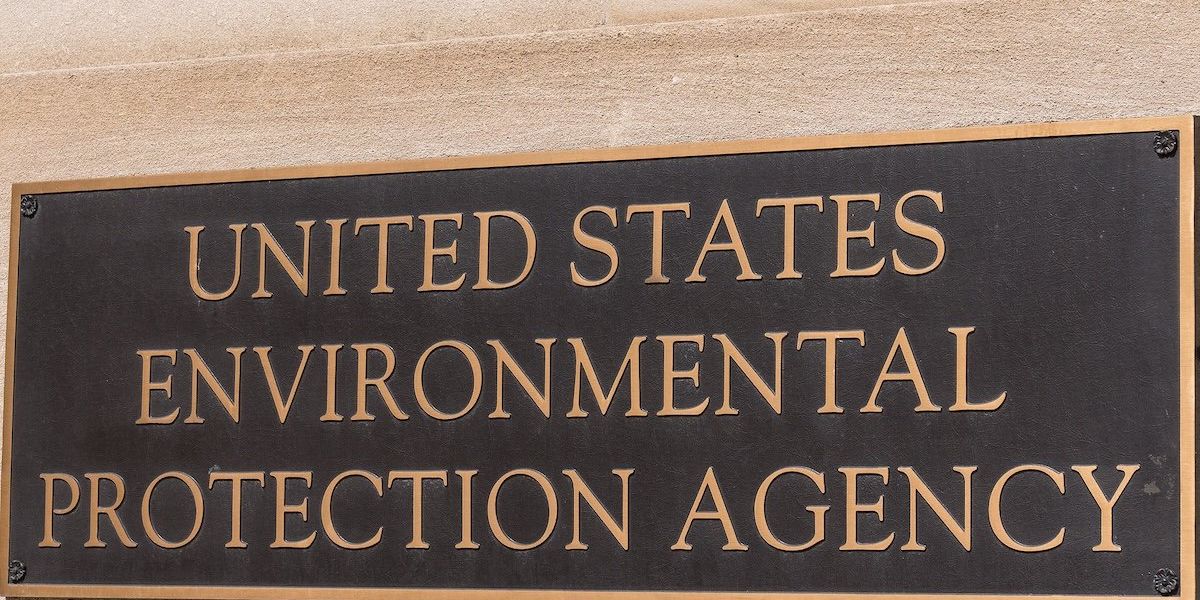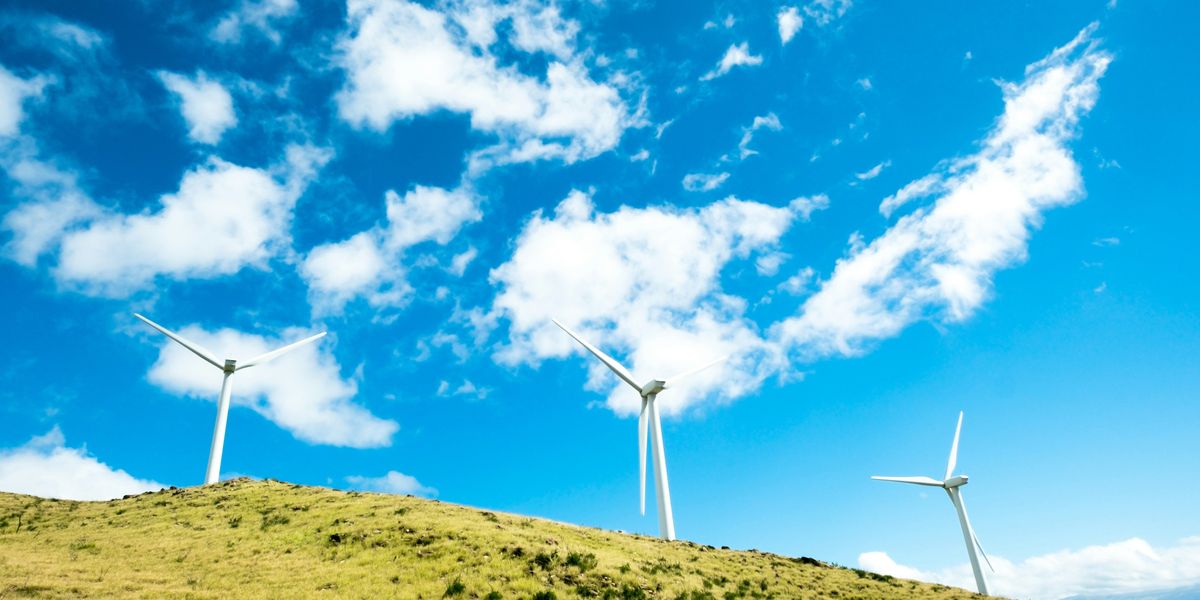manure
Federal funds for methane-cutting digesters in farms could end up boosting methane emissions
The U.S. is investing millions in anaerobic digesters to cut methane emissions from cattle, but critics argue this may boost industrial-scale farming and methane production.
In short:
- The Inflation Reduction Act funds anaerobic digesters to convert manure into biogas, aiming to reduce methane emissions.
- Critics claim the funding encourages the expansion of larger farms, potentially increasing overall methane emissions.
- The Biden Administration views digesters as a key technology for meeting the Global Methane Pledge targets of reducing the country’s methane emissions by 30% by 2030. So far, the U.S. is falling short on achieving that goal.
Key quote:
"Cutting methane quickly is the best lever we have to slow global warming in the next couple decades. Digesters are the single most effective tool in our toolbox."
— Michael Lerner, director of research at Energy Vision, a nonprofit that focuses on methane reduction.
Why this matters:
Large-scale farming often relies on practices and technologies that, while boosting productivity, can lead to increased methane emissions. For example, livestock farming is a significant source of methane due to enteric fermentation in ruminants. The drive for higher yields and greater efficiency in agriculture might lead to a paradox where the very technologies meant to enhance food production could exacerbate methane emissions.
Manure digesters may worsen pollution in large farms
New research suggests that manure digesters, hailed as a solution to livestock farm pollution, may actually exacerbate environmental harm by encouraging larger farms.
In short:
- Manure digesters, designed to collect methane from animal waste, are promoting the expansion of large farms, increasing manure production.
- The increase in herd sizes, driven by the incentive to produce more biogas, undermines the methane reduction benefits of digesters while digester byproducts threaten water quality.
- Kewaunee County, with its rising number of cows and decreasing farms, faces significant pollution problems linked to large-scale farming practices.
Key quote:
"We see in this report on Kewaunee County that farms with digesters increase their herd size."
— Molly Armus, animal agriculture program manager, Friends of the Earth
Why this matters:
Understanding the true impact of manure digesters is crucial for developing effective environmental policies that protect water quality and public health while addressing the broader issue of agricultural pollution. Read more: Environmental groups petition EPA to rescind factory farms’ “free pass to pollute.”
A battle is underway over California’s lucrative dairy biogas market
A precise tally of agricultural pollution? Farmers are working on it.
Fertilizer, fossil fuels and cows mean farming creates 10% of Canada’s carbon pollution. Measuring it all is a complex and uncertain task.
California’s top methane emitter is a vast cattle feedlot. For now, federal and state greenhouse gas regulators are giving it a pass.
A “kid gloves” approach to agricultural emissions, including burping cows, raises questions about an environmentally minded state’s commitment to combating climate change.
The EPA is rejecting calls for tougher regulation of big livestock farms. It's promising more study
Ecuador pig & poultry farm pollution sparks protest amid IDB, IFC loans
A new report reveals how, in 2021, the Inter-American Development Bank (IDB) and the International Finance Corporation (IFC, the private sector arm of the World Bank) awarded multimillion-dollar loans to Pronaca, one of the largest companies in Ecuador, for it to expand its pig and poultry farms in the province of Santo Domingo de los Tsáchilas.



















